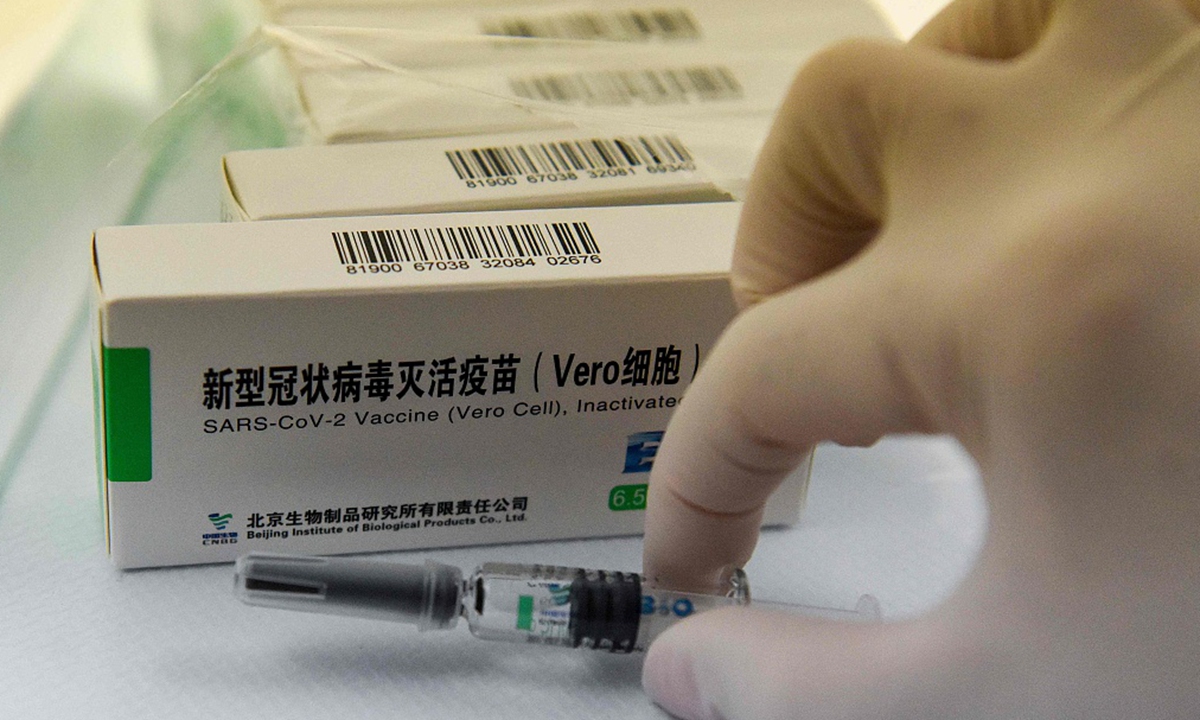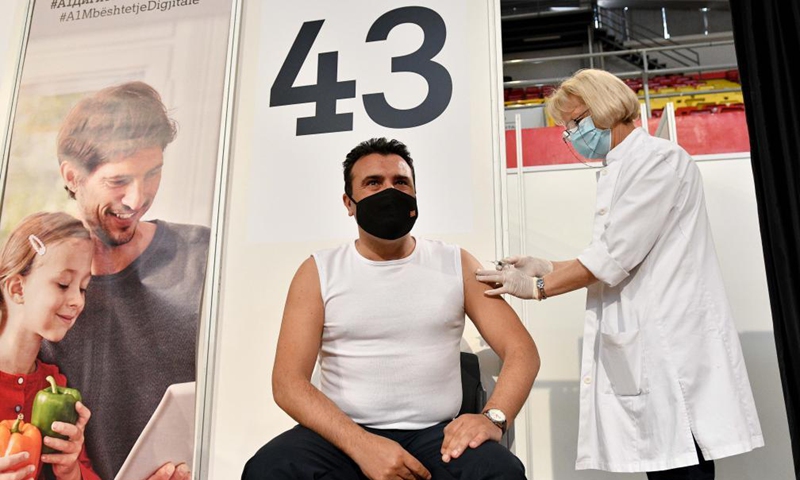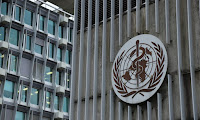Facebook is not only on course to go bust, but will take the rest of the ad-supported Web with it.
Given its vast cash reserves and the glacial pace of business reckonings, that will sound hyperbolic. But that doesn't mean it isn't true.
At the heart of the
Internet business is one of the great business fallacies of our time: that the Web, with all its targeting abilities, can be a more efficient, and hence more profitable, advertising medium than traditional media. Facebook, with its 900 million users,
valuation of around $100 billion, and the bulk of its business in traditional display advertising, is now at the heart of the heart of the fallacy.
The daily and stubborn reality for everybody building businesses on the strength of Web advertising is that the value of digital ads decreases every quarter, a consequence of their simultaneous ineffectiveness and efficiency. The nature of people's behavior on the Web and of how they interact with advertising, as well as the character of those ads themselves and their inability to command real attention, has meant a marked decline in advertising's impact.
At the same time, network technology allows advertisers to more precisely locate and assemble audiences outside of branded channels. Instead of having to go to CNN for your audience, a generic CNN-like audience can be assembled outside
CNN's walls and without the CNN-brand markup. This has resulted in the now famous and cruelly accurate formulation that $10 of offline advertising becomes $1 online.
I don't know anyone in the ad-Web business who isn't engaged in a relentless, demoralizing, no-exit operation to realign costs with falling per-user revenues, or who isn't manically inflating traffic to compensate for ever-lower per-user value.
Facebook, however, has convinced large numbers of otherwise intelligent people that the magic of the medium will reinvent advertising in a heretofore unimaginably profitable way, or that the company will create something new that isn't advertising, which will produce even more wonderful profits. But at a forward profit-to-earnings ratio of 56 (as of the close of trading on May 21), these innovations will have to be something like alchemy to make the company worth its sticker price. For comparison, Google trades at a
forward P/E ratio of 12. (To gauge how much faith investors have that Google, Facebook, and other Web companies will extract value from their users,
see our recent chart.)
Facebook currently derives 82 percent of its revenue from advertising. Most of that is the desultory ticky-tacky kind that litters the right side of people's Facebook profiles. Some is the kind of sponsorship that promises users further social relationships with companies: a kind of marketing that General Motors just
announced it would no longer buy.
Facebook's answer to its critics is: pay no attention to the carping. Sure, grunt-like advertising produces the overwhelming portion of our $4 billion in revenues; and, yes, on a per-user basis, these revenues are in pretty constant decline, but this stuff is really not what we have in mind. Just wait.
It's quite a juxtaposition of realities. On the one hand, Facebook is mired in the same relentless downward pressure of falling per-user revenues as the rest of Web-based media. The company makes a pitiful and shrinking $5 per customer per year, which puts it somewhat ahead of the
Huffington Post and somewhat behind the
New York Times' digital business. (Here's the heartbreaking truth about the difference between new media and old: even in the
New York Times' declining traditional business, a subscriber is still worth more than $1,000 a year.) Facebook's business only grows on the unsustainable basis that it can add new customers at a faster rate than the value of individual customers declines. It is peddling as fast as it can. And the present scenario gets much worse as its users increasingly interact with the social service on mobile devices, because it is vastly harder, on a small screen, to sell ads and profitably monetize users.
On the other hand, Facebook is, everyone has come to agree, profoundly
different from the Web. First of all, it exerts a new level of hegemonic control over users' experiences. And it has its vast scale: 900 million, soon a billion, eventually two billion (one of the problems with the logic of constant growth at this scale and speed, of course, is that eventually it runs out of humans with computers or smart phones). And then it is social. Facebook has, in some yet-to-be-defined way, redefined
something. Relationships? Media? Communications? Communities? Something big, anyway.
The subtext—an overt subtext—of the popular account of Facebook is that the network has a proprietary claim and special insight into social behavior. For enterprises and advertising agencies, it is therefore the bridge to new modes of human connection.
Expressed so baldly, this account is hardly different from what was claimed for the most aggressively boosted companies during the dot-com boom. But there is, in fact, one company that created and harnessed a transformation in behavior and business: Google. Facebook could be, or in many people's eyes should be, something similar. Lost in such analysis is the failure to describe the application that will drive revenues.
Google is an incredibly efficient system for placing ads. In a disintermediated advertising market, the company has turned itself into the last and ultimate middleman. On its own site, it controls the space where a buyer searches for a thing and where a seller hawks that thing (its keywords
AdWords network). Google is also the cheapest, most efficient way to place ads anywhere on the Web (the
AdSense network). It's not a media company in any traditional sense; it's a facilitator. It can forget the whole laborious, numbing process of selling advertising space: if a marketer wants to place an ad (that is, if it is already convinced it must advertise), the company calls Mr. Google.
And that's Facebook's hope, too: like Google, it wants to be a facilitator, the inevitable conduit at the center of the world's commerce.
Facebook has the scale, the platform, and the brand to be the new Google. It only lacks the big idea. Right now, it doesn't actually know how to embed its usefulness into world commerce (or even, really, what its usefulness
is).
But Google didn't have the big idea at the company's founding, either. The search engine borrowed the concept of AdWords from
Yahoo's Overture network (with
a lawsuit for patent infringement and
settlement following). Now Google has all the money in the world to buy or license all the ideas that could makes its scale, platform, and brand pay off.
What might Facebook's big idea look like? Well, it does have all this data. The company knows so much about so many people that its executives are sure that the knowledge must have value (see "
You Are the Ad," by Robert D. Hof, May/June 2011).
If you're inside the Facebook galaxy (a constellation that includes an ever-expanding cloud of associated ventures) there is endless chatter about a near-utopian (but often quasi-legal or demi-ethical) new medium of marketing. "If we just ... if only ... when we will ..." goes the conversation. If, for instance, frequent-flyer programs and travel destinations actually knew when you were thinking about planning a trip.
Really we know what people are thinking about—sometimes before they know! If a marketer could identify the person who has the most influence on you ... If a marketer could introduce you to someone who would relay the marketer's message ... get it? No ads, just friends! My God!
But so far, the sweeping, basic, transformative, and simple way to connect buyer to seller and then get out of the way eludes Facebook.
So the social network is left in the same position as all other media companies. Instead of being inevitable and unavoidable, it has to sell the one-off virtue of its audience like every other humper on Madison Avenue.
Here's another worrisome point: Facebook is a company of technologists, not marketers. If you wanted to bet on someone succeeding in the marketing business, you'd bet on technologists only if they could invent some new way to sell; you wouldn't bet on them to sell the way marketers have always sold.
But that's what Facebook is doing, selling individual ads. From a revenue perspective, it's an ad-sales business, not a technology company. To meet expectations—the expectations that took it public at $100 billion, the ever-more-vigilant expectations needed to sustain it at that price—it has to sell at near hyperspeed.
The growth of its user base and its ever-expanding page views means an almost infinite inventory to sell. But the expanding supply, together with an equivocal demand, means ever-lowering costs. The math is sickeningly inevitable. Absent an earth-shaking idea, Facebook will look forward to slowing or declining growth in a tapped-out market, and ever-falling ad rates, both on the Web and (especially) in mobile. Facebook isn't Google; it's Yahoo or AOL.
Oh, yes ... In its Herculean efforts to maintain its overall growth, Facebook will continue to lower its per-user revenues, which, given its vast inventory, will force the rest of the ad-driven Web to lower its costs. The low-level panic the owners of every mass-traffic website feel about the ever-downward movement of the cost of a thousand ad impressions (or CPM) is turning to dread, as some big sites observed as much as a 25 percent decrease in the last quarter, following Facebook's own attempt to book more revenue.
You see where this is going. As Facebook gluts an already glutted market, the fallacy of the Web as a profitable ad medium can no longer be overlooked. The crash will come. And Facebook—that putative transformer of worlds, which is, in reality, only an ad-driven site—will fall with everybody else.
By Michael Wolff
Michael Wolff writes a column on media for the Guardian; is a contributing editor to Vanity Fair; founded Newser; and was, until October of last year, the editor of AdWeekNewscribe : get free news in real time Related posts:May 28, 2012
May 20, 2012


 Sinopharm vaccine File photo:VCG
Sinopharm vaccine File photo:VCG






 Gannett, publisher of USA Today and dozens of other newspapers, became the latest to unveil its plan, splitting its print and broadcast operations into two separate units in a move to 'sharpen' the focus of each. - AFP
Gannett, publisher of USA Today and dozens of other newspapers, became the latest to unveil its plan, splitting its print and broadcast operations into two separate units in a move to 'sharpen' the focus of each. - AFP









